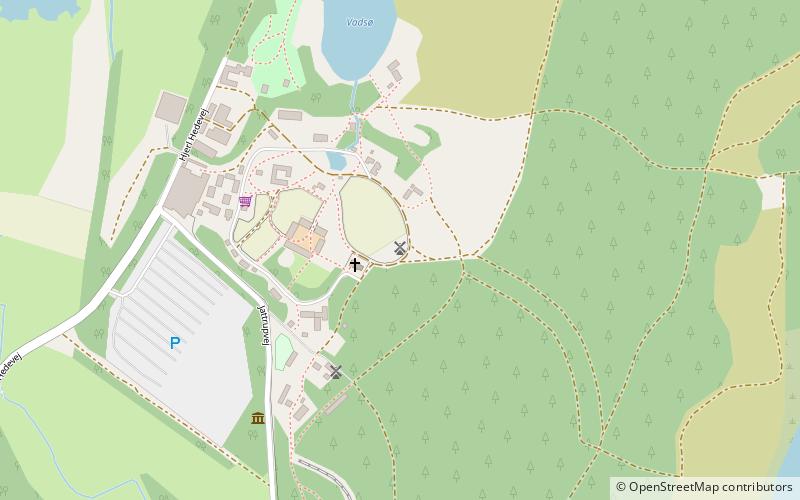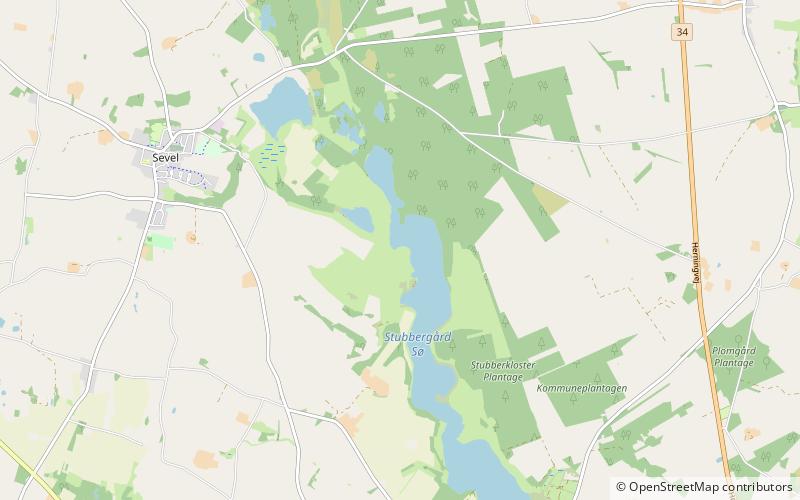Hjerl Hede, Vinderup


Facts and practical information
Hjerl Hede - one of the largest Danish open -air museums. It is located on the Jutland Peninsula in Vinderup.
The museum presents the development of the Danish village in the years 1500–1900. In addition to farms, small factories, the museum also has a church, a windmill, a mill, a forestry museum, a peat extraction system, the smallest European steam locomotive, and the lively exhibition "Life in the Age of Sucked Stone".
The last three weeks before Christmas at the open -air museum, the way of preparing old peasants for the star is presented, you can also buy contemporary food products. Throughout the year, the open -air restaurant offers historical dishes.
The open -air museum is located in the forest, at Lake Flyndersø. The entire surface is 1200 ha, you can visit in a horse carriage. The church located in the open -air museum was built in the Romanesque style dominating in these areas in the 11th and 12th century. A direct inspiration was the church in Tjørring. The windmill built in 1788 was moved from Frøslev. The windmill can be visited, the principle of its operation is explained.
Hjerl Hede is over 50 different buildings that give insight into the life of an old Danish village. The museum consists of three large parts: Stara Wieś, Museum of Heather Management and the Forest Museum. A special place is a village from the Stone Age, where visitors can meet "real" stone era.
In addition, you can see there, among others Stone era settlement, dairy, mill, laundry, forge, school, sawmill with steam saw, narrow -gauge railway with a spacing of 785 mm, grocery store, houses from different eras and a roof mill.
In 1932, the museum began to be revived, employing employees who work in the costumes in the open -air museum. Currently, 100 people work in all plants. These are people who have special education, offered by the open -air museum. This is important because some old work secrets are dying with people - not all practical skills can be described or documented photographically. You can look at the work, ask a question, and buy products made in other factories.
The dairy comes from 1897 and is the smallest plant of this type in Denmark. The plant is fully equipped with operating devices and is able to produce basic dairy products. The devices are moved by a steam engine.
Animals are bred on the museum's farms. There are often former breeds of Danish pets, e.g. gray pigs. They are also bred, among others horses, cows, sheep, chickens and geese.
Hjerl Hede – popular in the area (distance from the attraction)
Nearby attractions include: Stubber Priory, Sahl Kirke.


